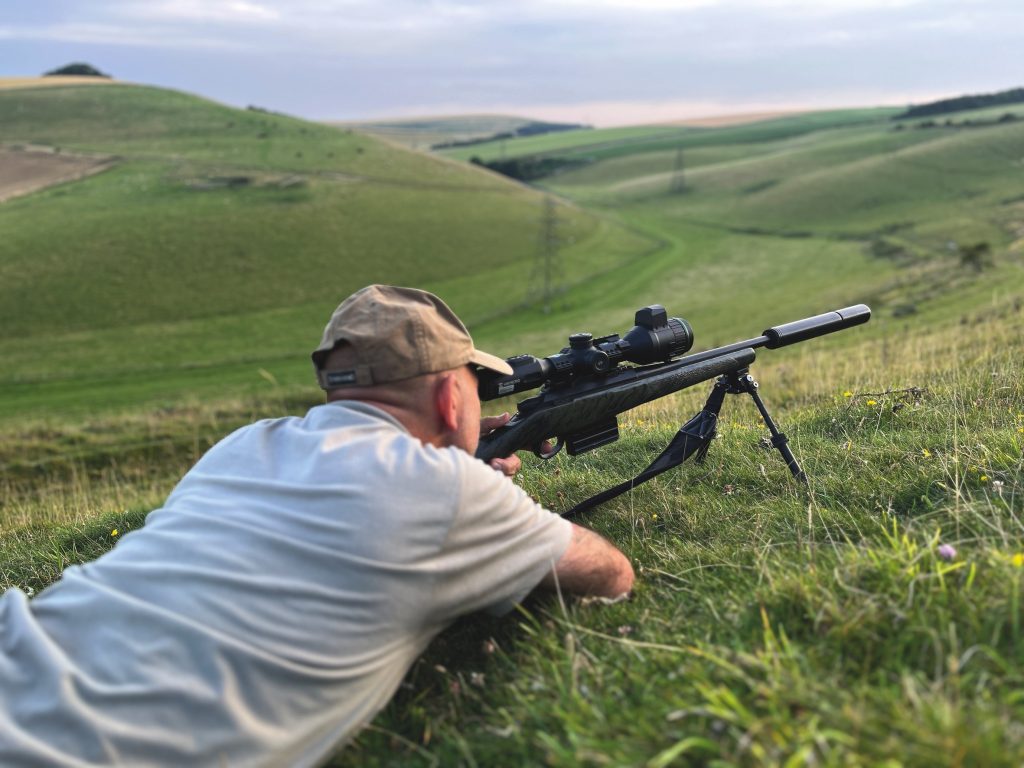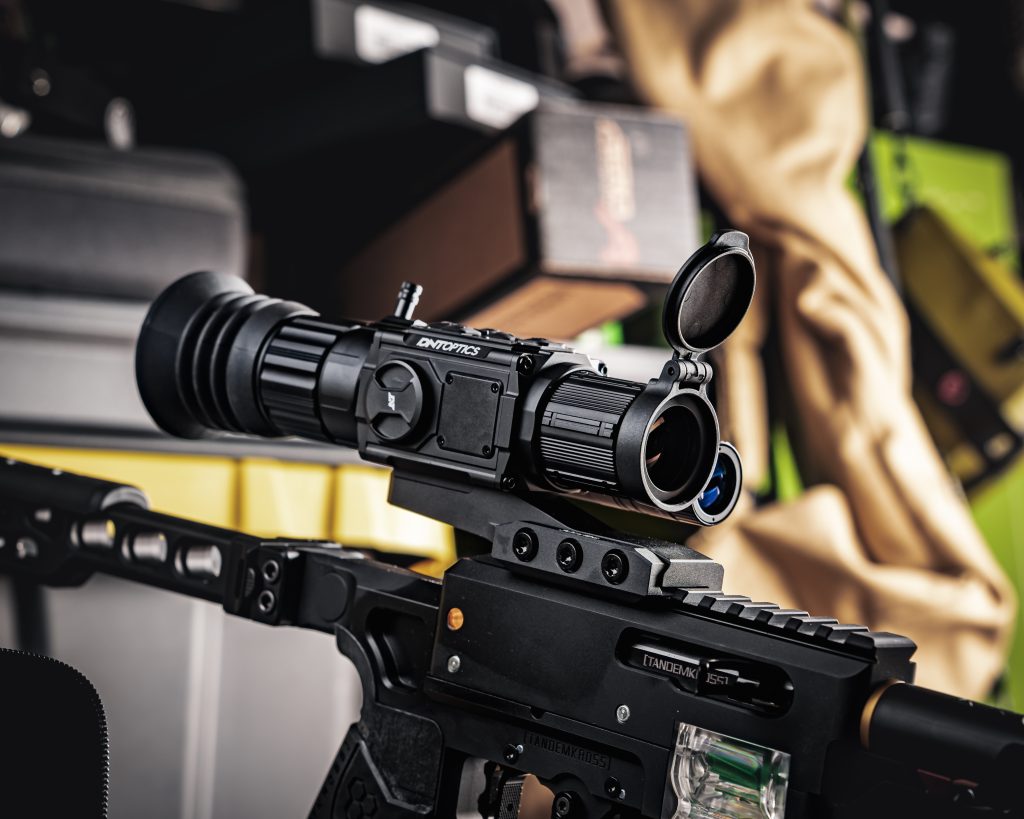Choosing the right rifle scope: ATN experts share tips for hunters
ATN experts share tips and advice to help hunters choose the right rifle scope for their needs, considering factors such as range, budget, and the time of day or night they're likely to be hunting.
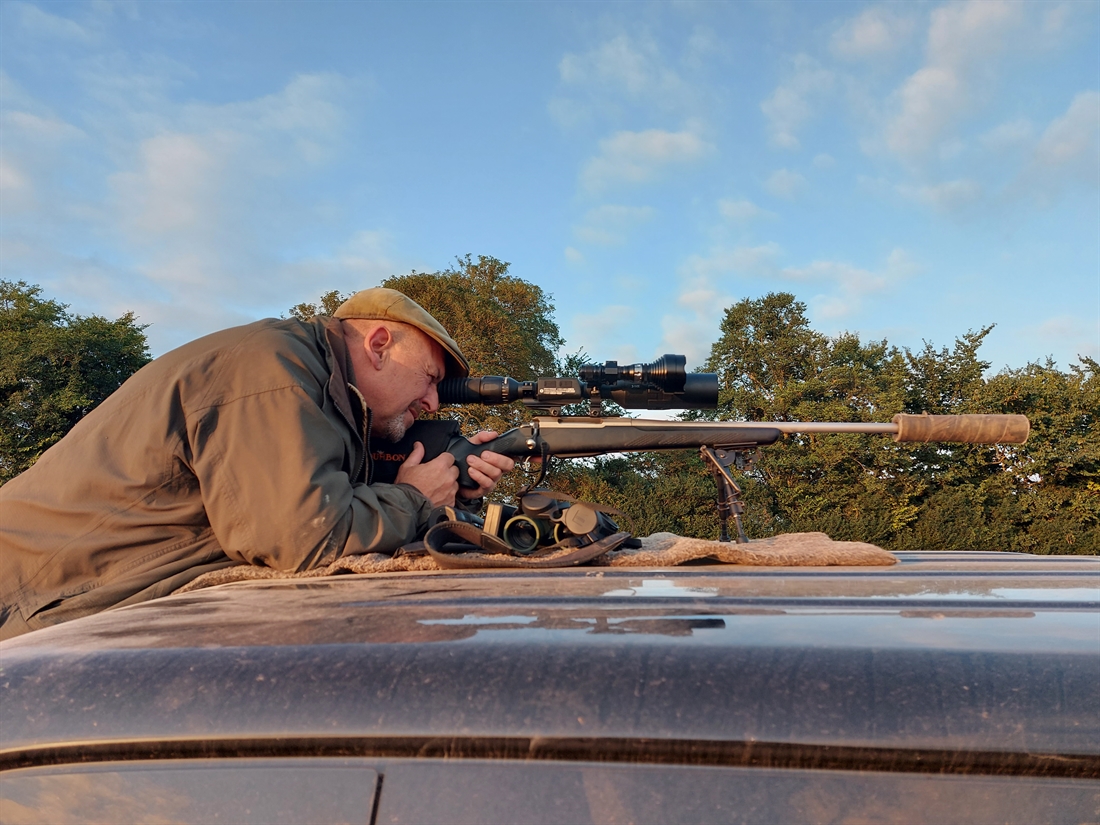
Several factors influence your rifle scope selection, including the range you’ll be shooting over, the precision you require, the time of day or night, and your budget. We’ll look at the range of options you have to choose from and the benefits of each. First, let’s understand the evolution of hunting scopes.
The First Rifle Scopes
Modern telescopic sights, or scopes, have advanced dramatically in technological sophistication since their invention in the 17th century. The first rifle scopes were of large crude construction based on astronomical refracting telescopes at the time. These rudimentary telescopes used an objective lens within a tube to gather light and form an in-focus image on an eyepiece lens at the other end of the tube. The length of these scopes placed the shooter’s eye in grave danger from the rifle’s recoil, producing the first recorded incident of scope bite.
Scope Technology Advances
The American Civil War accelerated the development of long eye-relief and achromatic lenses, offering less distortion and greater magnifications for sharpshooters. Fixed power gave way to variable power scopes, and the onset of World War I powered the race to make scopes smaller, lighter, and more rugged. The start of World War II triggered huge advances in optics, as rifles became more powerful and effective over a longer range. Scope magnifications increased, and night vision capability appeared as the war progressed.
Scope technology began trickling down to civilian shooters post World War II and throughout the Korean and Vietnam wars. Windage and bullet drop reticles became available, x10 magnification hunting scopes became standard, light transmission improved due to improved polymer technology, and variable magnification scopes became widely available.
The late twentieth century introduced laser rangefinders to the civilian market, followed by ballistic compensation from environmental inputs in the early twenty-first century. At the same time, CCD and LCD technology became a game-changer in scope design, with camera systems allowing video storage, infrared, night, and thermal vision capability integrated with augmented reality technology.
How to Decide What Rifle Scope to Buy
Hunters today are blessed with a wide variety of products and technologies, making it difficult to know how to choose. We’ll look at available technologies and suggest an appropriate application for each.
Optical Sights
There are two forms of optical scope, the traditional analog scope and ‘red-dot’ sights.
Analog rifle scopes
The analog rifle scope consists of a tube that houses the lens elements relative to each other constructed from steel, aluminum, or titanium. Standard tube diameters are 19 mm (0.75 inches), 25.4 mm (1 inch), 30 mm (1.18 inch), and 34 mm (1.33 inch), with the larger diameters offering greater rigidity while passing more light. They also allow a greater adjustment for elevation and windage.
Analog scopes can be either fixed or variable magnification, described by a number sequence that indicates the magnification multiple and objective lens diameter in millimeters. The objective lens is the lens nearest the muzzle that collects the light. A 6 x 42 fixed magnification scope uses a 42 mm objective lens with a magnification power of 6 times. A 4.5 – 14 x 44 uses a 44 mm objective lens with an adjustable magnification of 4.5 to 14 times. In analog scopes, a reticle, or crosshair, is placed on one of the focal planes for sighting, allowing rough estimates of range, windage, and bullet drop compensation.
These scopes are generally good for medium to long ranges, from 100 to 500 meters, providing greater accuracy than red-dot sights due to their magnification. We suggest that if you normally shoot at dusk or dawn and wish to buy an analog scope, choose one with a large diameter objective lens like 50mm to improve low-light performance. Choosing a 32 mm objective lens gives you a narrower field of view and poor low-light performance, but it’s also compact, light, and good for daylight hours. Most hunters consider a 40 mm objective lens an ideal general purpose scope for hunting, offering adequate performance at dusk and dawn.
Always choose a magnification to suit your game and the range at which you’ll encounter it. A higher magnification is not always better as it costs more, reduces your field of view, and exaggerates every move, making sighting a twitchy affair. Use a high magnification scope on a close to medium range deer, and it only needs to take a step or two, and you’ve lost it from your field of view.
High magnification scopes are good for small pest control or larger game beyond 400 meters. We suggest that if you’re after deer within 100 and 200 meters, 2 to 5 x magnification will be adequate, making target acquisition and retention easier. Selecting a variable magnification gives you greater flexibility, with 3 to 9 x scopes covering many situations you’ll encounter.
Red-dot sights
Red-dot sights comprise reflex, prism, or holographic sights that provide low or no magnification while projecting an illuminated dot or reticle into a glass viewer. The reflex and holographic sights are usually in the form of a vertical window that the shooter looks through, placing the dot on the point of impact. The prism sight is more costly and often in the form of a compact tube using a prism to magnify the image, with adjustments for elevation and windage.
Red dot sights provide an unrestricted field of view, fast target acquisition, and excellent short-range accuracy between 0 and 50 meters. Used on pistols, carbines, and tactical shotguns, they’re becoming common for competition, handgun, and military applications. Both eyes remain open to increase situational awareness when using these sights, which is a great advantage when your target is moving. Some hunters use red dot sights for ranges under 100 meters, but with low or no magnification, distinguishing the target for clean and precise shots can be difficult.
 Smart Digital Rifle Scopes
Smart Digital Rifle Scopes
Smart digital rifle scopes are optoelectronic devices with onboard computer processors to power a broad array of technologies. Moving beyond the simple magnification and point-and-shoot provided by optical scopes, smart digital scopes provide an extraordinary range of features to improve safety, precision, image quality, and time-on-mission.
Our ATN X-SIGHT 4K PRO 3-14X is an example of the functionality available from modern smart digital riflescopes, providing a digitally smart rifle scope. Pairing ultra-high-definition optical elements with a CMOS sensor gives crisp image quality.
The benefit of digital scopes is their onboard processor that provides unrivaled situational awareness. Where analog scopes require rules of thumb and estimation for environmental conditions and load, digitally smart rifle scopes remove the guesswork. The 4K PRO uses a dual-core processor, receiving input from scope-mounted sensors to provide ballistic compensation by calculating your weapon profile, range, and environmental conditions. The resulting output updates the scope’s reticle position for the correct point of impact while displaying all data in the scopes field of view.
The digital imaging and processing capability in digital rifle scopes support recording the hunter’s point of view through the scope for post-hunt debrief or training purposes. All ATN digital scopes allow hunters to simultaneously live-stream through-scope video to mobile devices via wi-fi and capture the video file on an internal SD card. A recoil-activated video feature begins recording upon firing to capture the action, while onboard Bluetooth technology supports scope settings management.
Digital scopes provide the same magnification choices available in analog scopes, with the ATN digital rifle scope range covering all magnifications to suit short, medium, and long-distance hunting. All models use hardened electronics for outstanding robustness and provide dynamic reticles for adjustments throughout the zoom range. They feature a one-shot zero feature for sighting and pair with a radar safety system visible in the field of view or on your mobile device to see where your hunting party and game are relative to your position. An optional ballistic laser rangefinder attaches to and pairs with your scope, directly displaying the range in your field of view.
 Night Vision Scopes
Night Vision Scopes
Night vision technology has advanced dramatically in the past few decades, yet its concept remains unchanged. Older generation night vision scopes pass low levels of visible light and some infrared light into an image-intensifier tube, consisting of a photocathode and a microchannel plate. The first converts the light photons into electrons, and the second intensifies them before sending them to a phosphor-coated screen. The screen’s phosphor particles light up when an electron hits, creating the glowing green we all know from the movies. Finally, the lens you look through focuses and magnifies the image.
Today’s night-vision technology has done away with the bulky photocathode and microchannel plate; instead, it uses the output from a CMOS sensor, the same sensor used in digital cameras. An onboard processor electronically enhances the image and passes it to an LCD screen for viewing.
Smart digital rifle scopes now comprise dual functionality, with the shooter switching between day and night operations without pause. All ATN digital rifle scopes provide a high-definition night vision mode as a standard feature, so the hunting doesn’t stop when the light does.
Night vision is a great choice for hunting game at night in a field or light foliage as it allows target location and identification up to approximately 200 meters without visible illumination. However, there are limitations, as night vision can’t penetrate tall grass, fog, or foliage. In those cases, you might consider thermal technology.
 Thermal Scope
Thermal Scope
Thermal imaging uses a sensor capable of detecting small temperature variations of 0.01 degrees Celsius, creating a digital picture of the heat differences radiating from the environment using different colors to represent the various temperatures.
ATN manufactures a comprehensive range of variable magnification thermal rifle scopes, using a fourth-generation ultra-sensitive thermal sensor and offering 1.25-5x through to 4-40x magnification ranges. With outstanding detection capabilities, these scopes offer a choice between black hot, white hot, and color viewing modes. Our ATN X-SIGHT 4K PRO 5-20X allows target identification at 800 meters, recognition at 1,450, and detection out to 3,300 meters.
All ATN thermal scopes contain the same smart digital features as the night and day scopes, including ballistic calculation, simultaneous live-streaming and capture of video, one-shot zeroing capability, and a long battery life of 16 to 18 hours.
For hunters, relying on heat and not light gives thermal imaging an edge over long distances, with the ability to detect animals and people beyond 1,000 meters. Thermal scopes can be used day or night without effect and indicate game hiding in foliage, grass, or when conditions are foggy or raining, which is where night vision and normal day scopes struggle.
Price is a consideration when choosing between a day and night or thermal scope. The technology in thermal scopes makes them more expensive than their day and night cousins, and while they have few limitations, there are a couple you might consider. You may fail to detect branches or foliage that could deflect your shot when targeting game in foliage, and while detection capabilities are outstanding, target identification at long ranges is not as straightforward as with night vision technology.
Final Thoughts On Choosing Your Rifle Scope
There are so many variables in choosing the correct rifle scope that there is no perfect answer to suit all applications. But by understanding the terrain, range, type of game, and environmental conditions you normally hunt, you are better placed to select the best rifle scope for your needs. Your budget will also invariably constrain your choice of technology.
Smart digital rifle scopes are placing previously unimagined capability and functionality into the hands of shooters, improving safety, and accuracy, reducing fatigue, and keeping you in the field for longer. ATN Europe’s day and night scopes blur the lines between previously separate technologies, while the sensitivity of our thermal scopes gives an unsurpassed performance. We lead the way in manufacturing smart optical devices for outdoor use. We offer an extensive range of technologically advanced products backed by experts available to answer your questions or support your selection process.
Related Articles
Get the latest news delivered direct to your door
Subscribe to Rifle Shooter
Elevate your shooting experience with a subscription to Rifle Shooter magazine, the UK’s premier publication for dedicated rifle enthusiasts.
Whether you’re a seasoned shot or new to the sport, Rifle Shooter delivers expert insights, in-depth gear reviews and invaluable techniques to enhance your skills. Each bi-monthly issue brings you the latest in deer stalking, foxing, long-range shooting, and international hunting adventures, all crafted by leading experts from Britain and around the world.
By subscribing, you’ll not only save on the retail price but also gain exclusive access to £2 million Public Liability Insurance, covering recreational and professional use of shotguns, rifles, and airguns.
Don’t miss out on the opportunity to join a community of passionate shooters and stay at the forefront of rifle technology and technique.



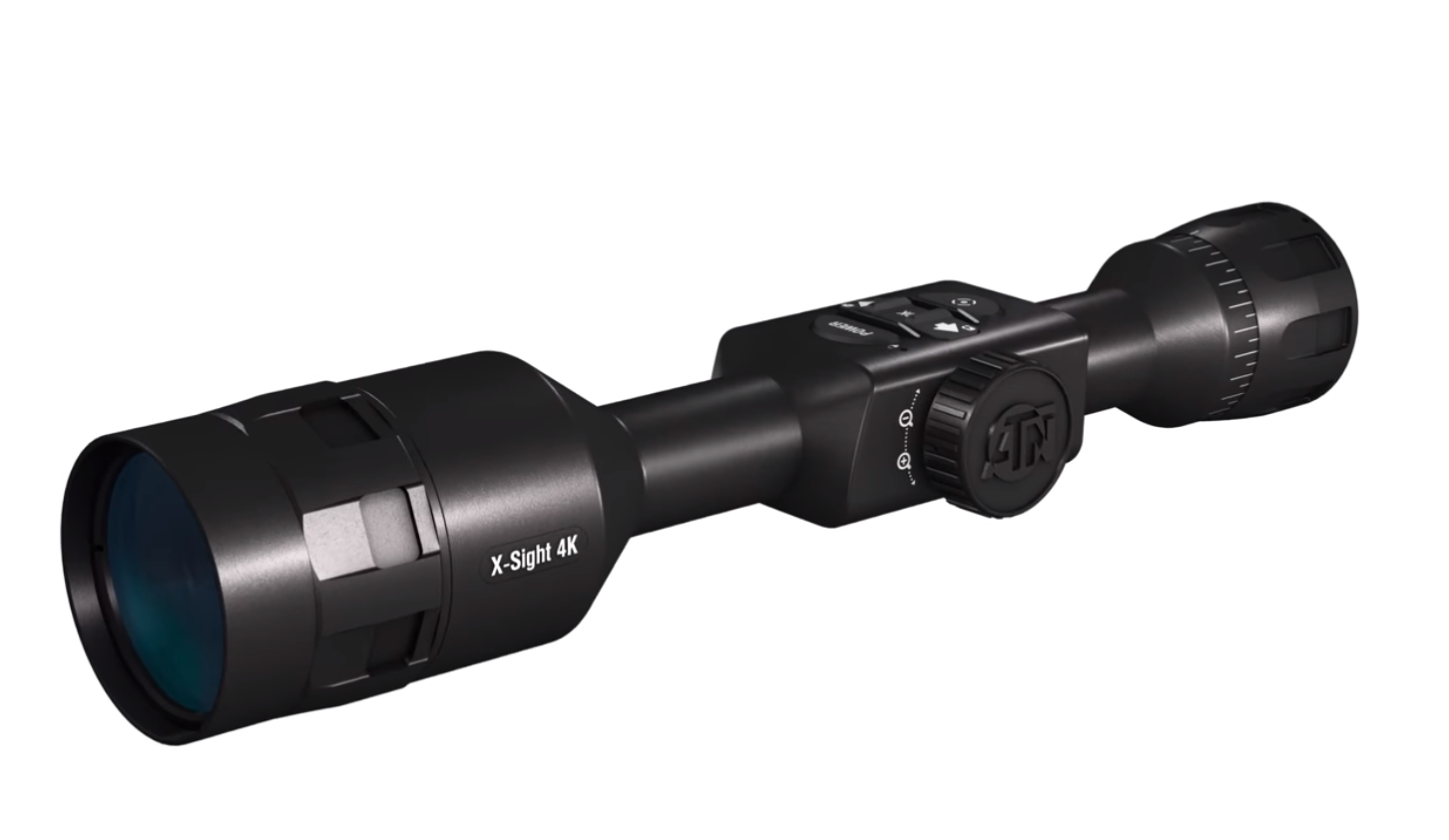 Smart Digital Rifle Scopes
Smart Digital Rifle Scopes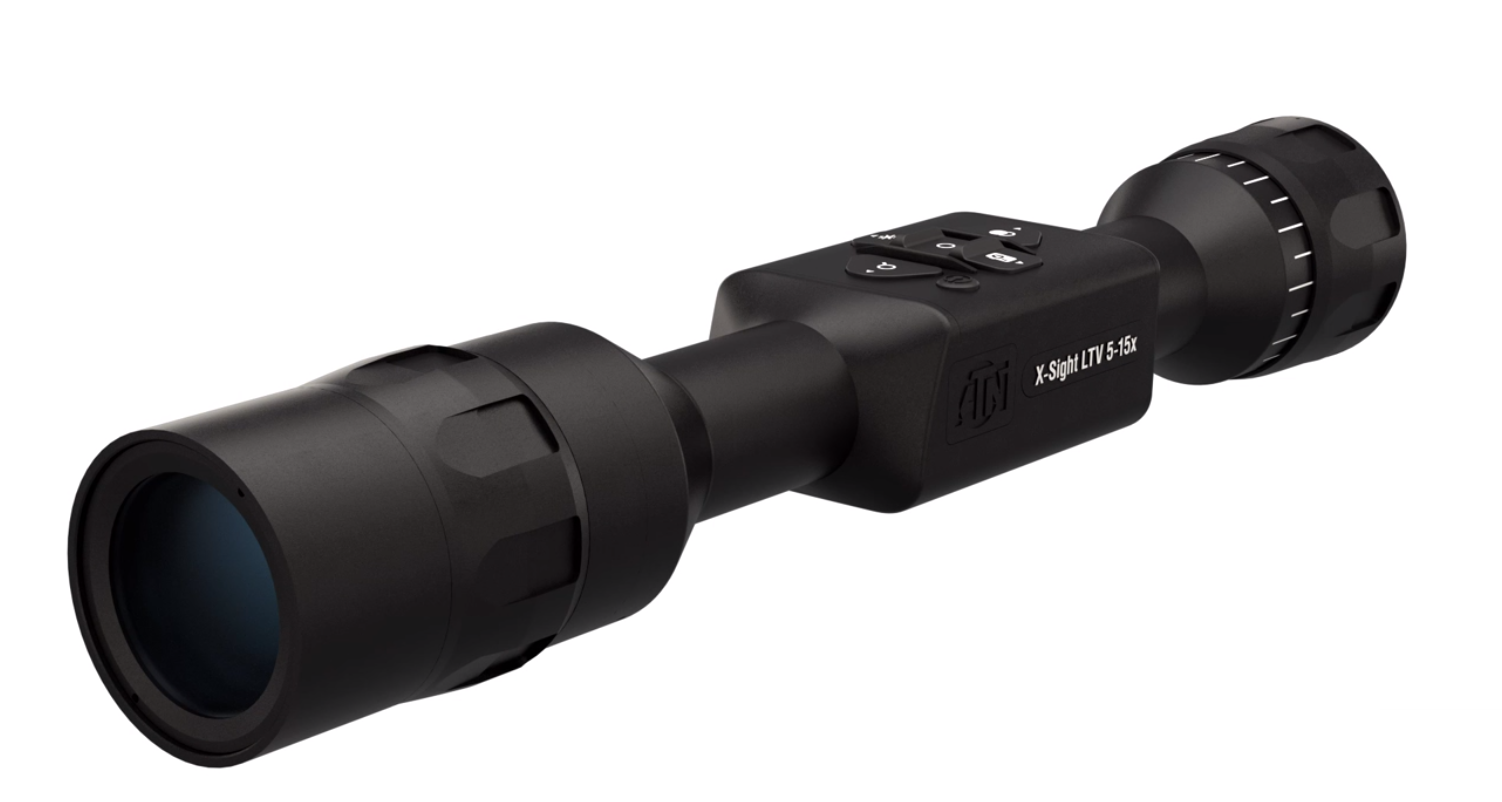 Night Vision Scopes
Night Vision Scopes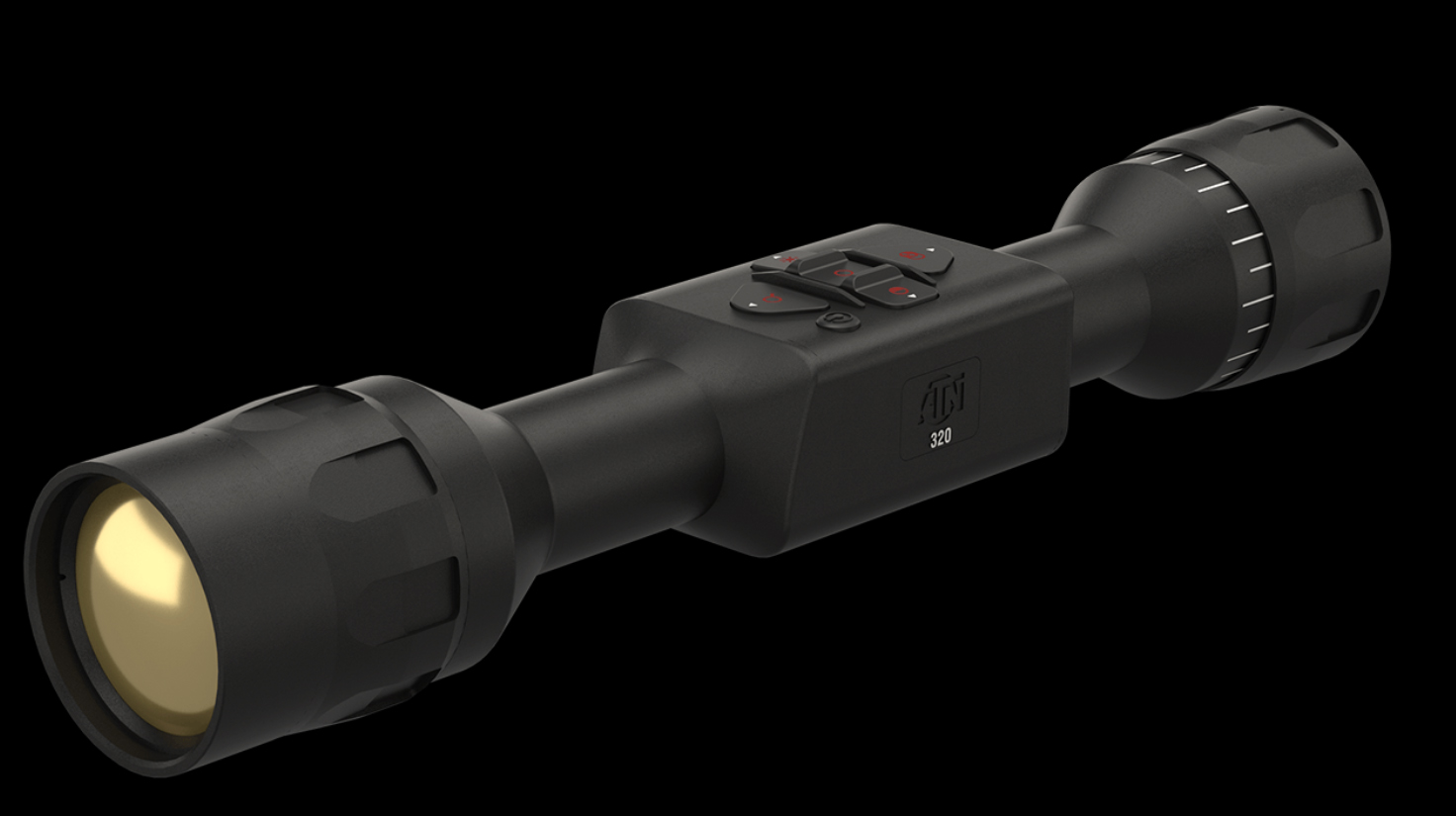 Thermal Scope
Thermal Scope